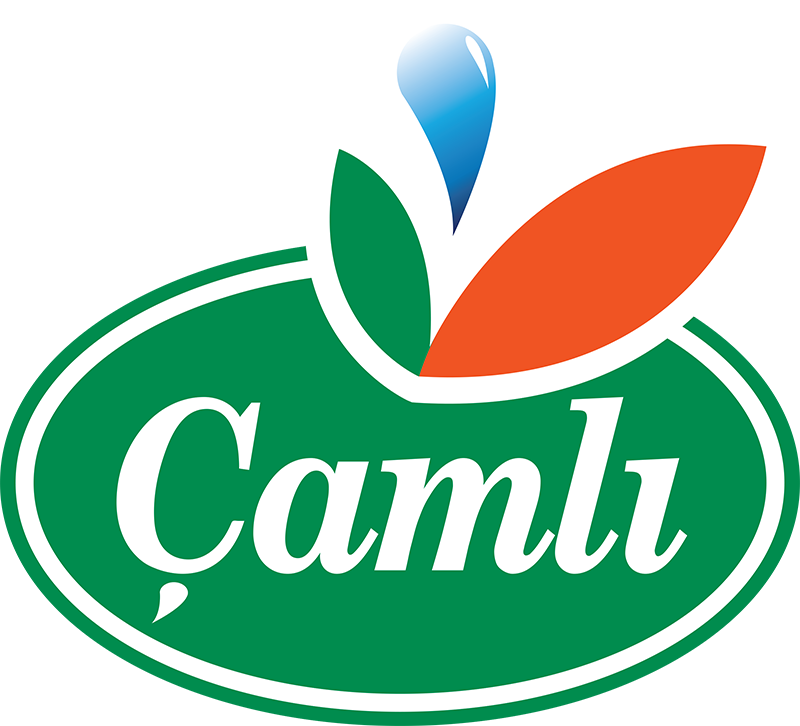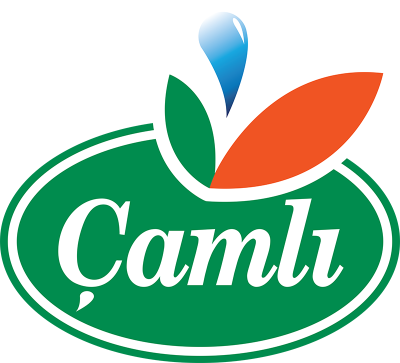Features
- Accelerates the physical development of the rumen, increasing feed utilization.
- Strengthens the immune systems of calves.
- Enhances growth performance due to highly digestible raw materials in its composition.
- Provides rapid weight gain and high carcass yield at the end of the period for male calves raised for slaughter.
- Enables earlier use of females for breeding with high growth performance.
- Plays an active role in high conception rates during the reproduction period and high milk production during the lactation period.
Important Information
- Immediately after normal births, the calf’s mouth and nose area should be quickly cleaned, and it should begin breathing as soon as possible. Right after birth, the mother should lick the calf to stimulate circulation and respiration. This also helps dry the calf. If the mother does not lick the calf, this should be done manually by massaging with a dry cloth. The calf’s umbilical cord should be cut 4-5 cm from the body and cleaned with an appropriate antiseptic immediately after birth.
- The calf should be fed about 2 liters of colostrum via a bottle as soon as possible (within the first hour) after birth. Another minimum of 2 liters of colostrum should be given within the following 8-12 hours.
- Once the calf stands up, it should be moved to an individual pen immediately. Pens should have a floor area of 1.5–2 m², with plenty of bedding, cleanliness, good ventilation, sufficient natural light, and protection from prevailing winds. Clean water and starter feed should always be available and easily accessible in the pen. It is important that the feeding and watering areas are separate.
- Milk should be given for the first 30 days or until the calf starts consuming 450-500 g of starter feed daily, in 2 meals totaling 4-6 liters per day. Practically, milk feeding can be limited to no more than 10% of the calf’s live weight. After this, milk is reduced to 2-3 liters daily. Milk feeding continues until the calf consumes about 1 kg of starter feed daily, at which point it is weaned off milk. Calves with growth delays or health problems should continue milk feeding until recovered before weaning. In very cold or rainy weather, weaning may be postponed until conditions improve.
- Milk should be given at 38°C using a bottle, with proper sanitary precautions.
- In very cold weather, the milk amount can be increased by 50%.
- When calves start consuming 500-600 g of starter feed daily, good quality dry forage can be introduced. Early or excessive feeding of poor-quality forage reduces starter feed intake, slows rumen development, and negatively affects daily weight gain and growth. If forage is given early, it should not exceed 10-15% of the starter feed amount.
- Another important point during the starter phase is to avoid making many changes in care and feeding simultaneously and not to move calves to group pens unless their growth and health are appropriate.
- Between 3-6 months of age, healthy calves are grouped in communal pens and housed together. During this period, they should have access to good quality calf grower feed, free and clean water, and good quality dry forage. It is advisable to keep calves in dry, clean, well-bedded, well-ventilated pens with access to daylight, providing sufficient paddock and feeding space per animal. Whenever possible, calves in paddocks should be grouped by similar age. The number of animals in one group should not exceed 20-25.
- It is beneficial to carry out vaccination and health care programs for our calves within a structured protocol.



